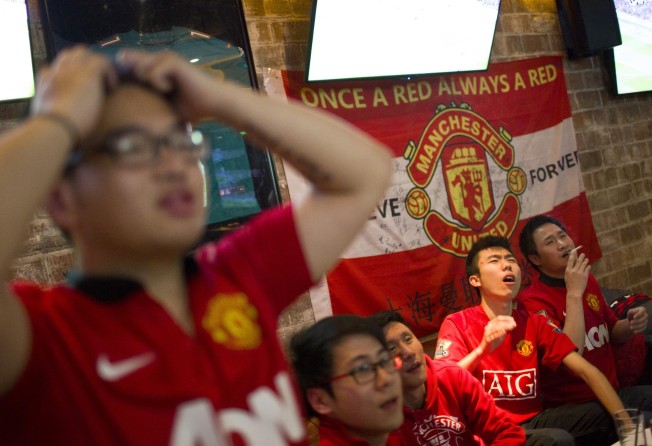
Too old, too lazy and more interested in e-sports – is the Chinese football consumer to blame for the game’s failures?
New study suggests that middle aged, middle class males dominate China’s football fandom but is there hope on the horizon?

What is the single biggest factor holding back Chinese football from reaching the heights of East Asian superpowers Japan and South Korea?
Rather than inferior playing ability, limited coaching or too much political interference, it might be the fault of the fans, sorry, the consumers.

The report polled 5,000 people across Asia, Europe and North America in conjunction with Nielsen Sports and the results represent almost two billion people in China, Japan, South Korea, Germany and the US.
The data shows that the average Chinese football consumer is male, 40 years old and, surprise, surprise, part of the country’s much-touted growing middle class.
And if those numbers are not worrying enough, it gets worse.
Firstly, there is the participation factor. Less than seven per cent of those who identify as Chinese soccer consumers play the game themselves – not even for a few minutes per week.
When it comes to watching soccer, there’s another red flag.

Some 42 per cent of Chinese soccer consumers are at least slightly interested in e-sports while 15 per cent watch e-sports at least once a week. Of that latter group they average watching seven hours and playing eight hours of e-sports in a typical week.
That’s 15 hours per week or two work days on e-sports in comparison to three hours (and maybe a few minutes) of watching and playing football.
Those e-sports are not even soccer.
It’s fitting that the name of the report sounds like an MMORPG (massively multiplayer online role playing game) because it is games like League of Legends that football consumers are playing and in that sense LOL is no laughing matter.

Chinese football consumers also diverge from the other nations polled in their preference to follow players rather than teams – a phenomenon also explored in Mailman’s annual Red Card report focusing on Chinese social media – and the perception of players as role models. One in two have a favourite player as opposed to one in three having a favourite club.
A further indication of the ageing of the Chinese football consumer is the teams and players that those polled named as their favourites.

If that smacks of either an ageing fanbase or one that is not that interested in the modern game then the names of the favourite players listed is more shocking.
Barcelona’s Leo Messi and Real Madrid’s Cristiano Ronaldo lead the way ahead of global superstar and former footballer David Beckham, who retired from the game in 2013 and was probably operating at his peak a decade before that.
This trend is rammed home with the only Chinese footballer in the top ten: Chen Yang. The former China international played in Germany where he starred in the Bundesliga for Eintracht Frankfurt and FC St Pauli in the late 1990s and early 2000s. He’s 44 and of a similar age to the typical football consumer.

That was sandwiched by their friends not watching and the biggest reason, they don’t understand the rules, which was the response of nearly half the respondents.
These three factors are where there is cause for hope. The current government directive to make the world’s game a part of the daily lives of a generation of Chinese schoolchildren will ensure that a generation grow up playing.
You’d also assume they might have friends who will want to watch matches with them.
If there is, as the report finds, a potential market of 308 million football consumers in China – more than six times the potential of the USA, the next largest – then this has to be more interesting domestically than it should be for the foreign clubs that are hoping to cash in on a billion backpockets.
When you dance with the dragon it’s better if you’re calling the tune.